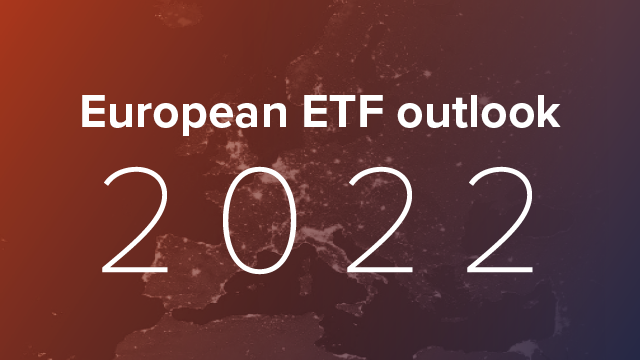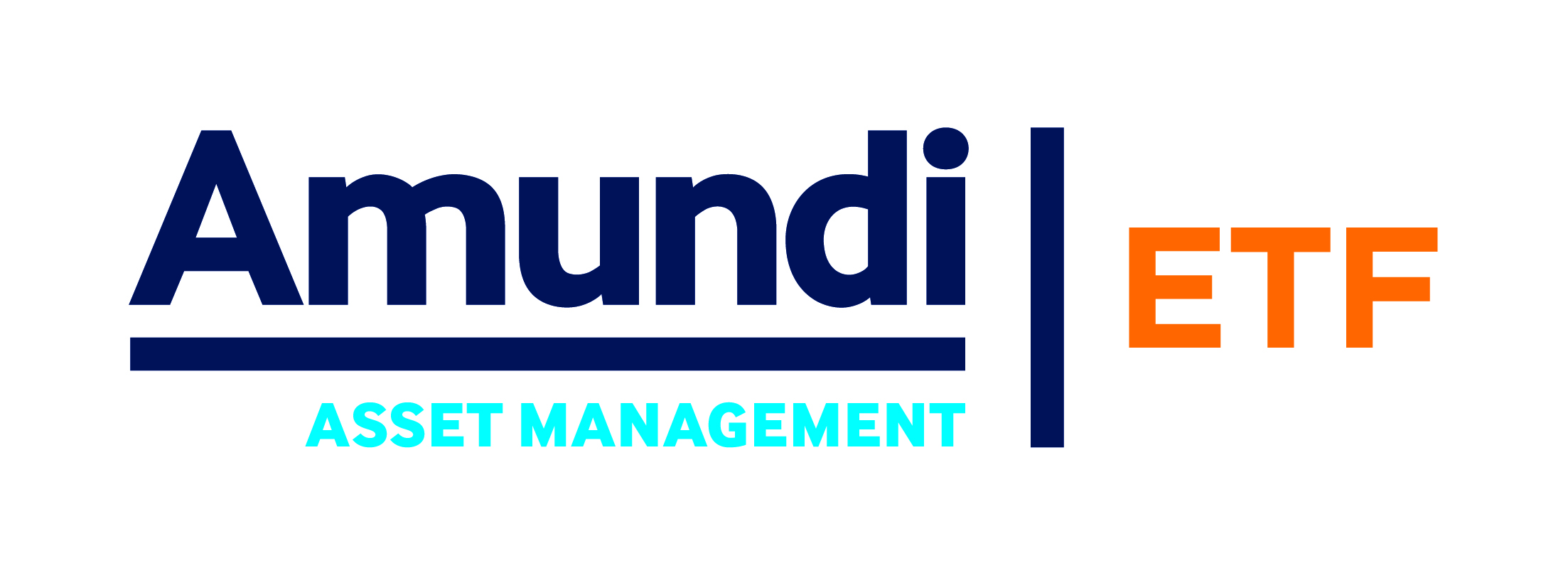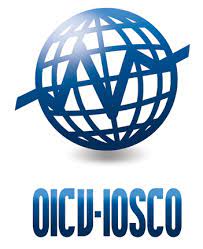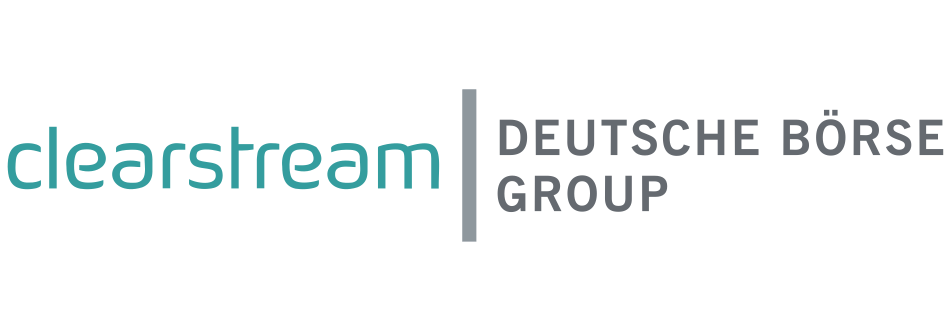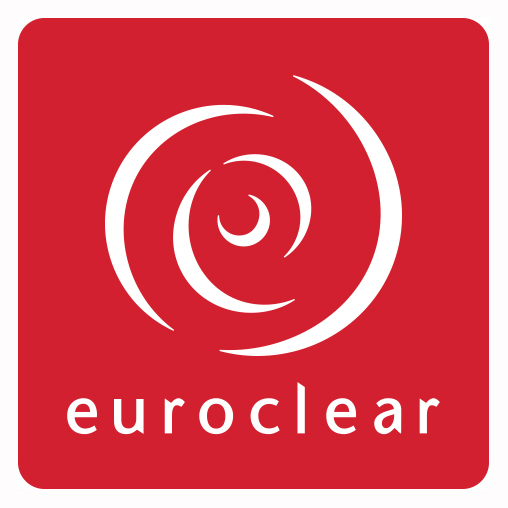CSDR, the long-awaited arrival of a consolidated tape and data transparency on trades are all key focuses for the European ETF industry this year as the market looks to build on a record-breaking 12 months in 2021.
According to data from Bloomberg Intelligence, ETFs in Europe saw $162bn inflows last year taking its overall assets under management (AUM) to almost $1.5bn, driven by increasing demand from retail investors and greater acceptance of the ETF wrapper following the stress test in March 2020.
While there are no “significant risks in the ETF structure” as highlighted by the International Organization of Securities Commissions (IOSCO) last year, the secondary market in Europe remains fragmented.
As Michael O’Riordan, founding partner at Blackwater Search & Advisory, perfectly summarised: “In Europe, the ETF market has over 80 issuers operating across 30 exchanges in 25 countries, and what feels like an endless number of regulatory bodies.
“This means that you are dealing with 13 different currencies for trading and settlement, different listing requirements for each exchange, varying country regulations and operating models and different clearing agencies. The majority of trades are done over-the-counter (OTC), and because of this combined with fragmentation, there is no consolidated tape making true transparency elusive.”
While talk of a consolidated tape has been rumbling on since MiFID II came into effect in 2018, efforts to see its introduction were ramped up at the end of last year by the European Commission.
Understanding the full liquidity picture of ETFs across Europe is expected to give more confidence to a wider base of investors and could further the adoption of UCITS ETFs in Asia and Latin America, who may currently use US-domiciled ETFs instead.
Jim Goldie, head of ETF capital markets and indexed strategies, EMEA, at Invesco, predicted 2022 could be the year where significant steps are taken to see its implementation.
“While there is still a lot of work to be done in this space and we would not expect it to be a quick win, it is something we will continue to strive towards this year as an industry,” Goldie stressed. “A consolidated tape for ETPs, equities and bonds would be a big contributor to improved transparency and investor protection and certainly something we hope to see in the not-too-distant future.”
CSDR
Another attempt to improve market structure is the Central Securities Depositary Regime (CSDR) which comes into effect in February this year.
Simon Barriball, ETP and portfolio trading, Europe, at Virtu Financial, warned the ETF industry has not fully considered the impact the CSDR directive will have.
While implemented with the best intentions, he said the incoming rules around fines for late settlement will have the unintended consequence of leading to wider spreads for investors.
“All market participants would like to see a higher percentage of trades settle on their due value date,” Barriball said. “The question is what price are they willing to pay in terms of the impact on trading spreads. If market makers have to cover inventory more promptly and via potentially more costly routes such as going direct to the primary market, then there will be a price to pay in terms of spreads.”
In order to keep fines at a minimum, Barriball stressed the importance of settling the correct depositary and ensuring firms agree to partial settlement as often as possible.
“The majority of ETFs are on the ICSD settlement model with Euroclear as the main settlement depositary,” he continued. “Euroclear does not auto partial – unlike CREST – so this will require more work by all parties to manage partial settlement and minimise late settlement fines across the ETF market.”
Despite the “operational burden” for firms, Goldie said he is hopeful CSDR will be a positive for the European ETF ecosystem.
“From a market structure perspective, CSDR will certainly be one of the big focal points of 2022, not just for ETFs, but for equities and bonds too.”
“It will certainly increase the operational burden for many firms when it is rolled out next month, however, we are hopeful that it will ultimately result in an improved settlement ecosystem for ETFs, stocks and bonds, which will be to the benefit of investors overall.”
One area Clearstream is currently focused on is addressing the opaque nature of the European ETF market by providing information into who holds ETFs.
This, Allan Stewart, vice president, investment fund services at Clearstream, said, will give ETF issuers a better understanding of how investors are using their ETFs.
“Issuers are largely blind about where their ETFs are sold,” he said. “The UCITS ETF OTC market is very opaque so we are now looking to profile the market.”
Battle for number two
In early 2019, DWS was locked in a battle with Lyxor to become Europe’s second-largest ETF issuer behind BlackRock. Following Société Générale acquisition of Commerzbank’s ETF range ComStage it left Lyxor ahead of DWS, however, the German ETF issuer has stormed ahead in the past two years.
DWS will now have to contend with the combined forces of Lyxor and Amundi after the latter acquired the French rival for €825m last year.
Amundi has big plans and is targeting 50% AUM growth across its passive platform by 2025. How DWS looks to challenge this will be interesting to see but ESG will likely be a key battleground over the next five years.
Related articles
